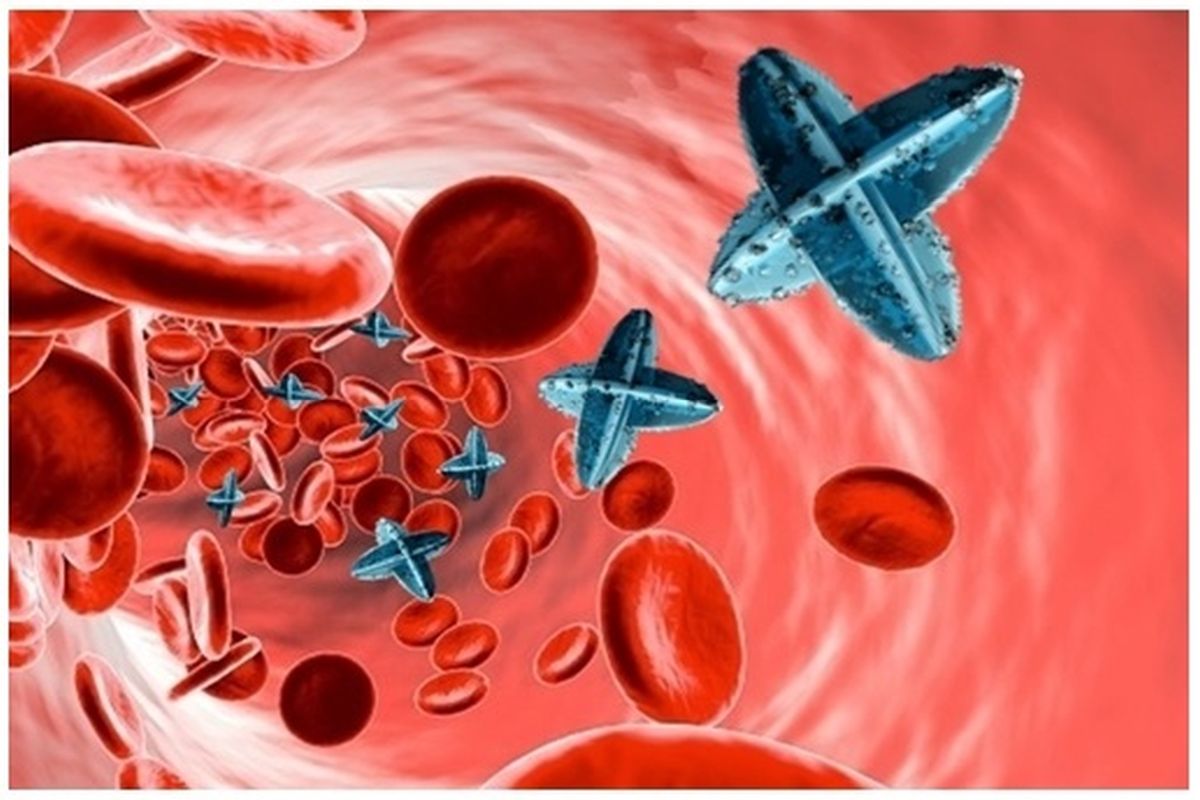Heart muscle can regenerate after failure in some people with artificial hearts: Study
Heart muscle can regenerate after failure in some people with artificial hearts, an international research team has found.
However, these treatments are limited by a shortage of matched donors and hampered by the low number of stem cells in cord blood.

(Photo: UNSW)
US scientists have created a first-of-its-kind roadmap that traces each step in the development of blood stem cells in the human embryo.
The map will provide scientists with a blueprint for producing fully functional blood stem cells in the lab.
Advertisement
The research, published in the journal Nature, could help expand treatment options for blood cancers like leukaemia and inherited blood disorders such as sickle cell disease, Dr. Hanna Mikkola from the University of California-Los Angeles said.
Advertisement
Blood stem cells, also called hematopoietic stem cells, have the ability to make unlimited copies of themselves and to differentiate into every type of blood cell in the human body.
For decades, doctors have used blood stem cells from the bone marrow of donors and the umbilical cords of newborns in life-saving transplant treatments for blood and immune diseases.
However, these treatments are limited by a shortage of matched donors and hampered by the low number of stem cells in cord blood.
Researchers have sought to overcome these limitations by attempting to create blood stem cells in the lab from human pluripotent stem cells, which can potentially give rise to any cell type in the body.
But success has been elusive, in part because scientists have lacked the instructions to make lab-grown cells differentiate into self-renewing blood stem cells rather than short-lived blood progenitor cells, which can only produce limited blood cell types.
“Nobody has succeeded in making functional blood stem cells from human pluripotent stem cells because we didn’t know enough about the cell we were trying to generate,” said Mikkola, Professor of molecular, cell and developmental biology in UCLA.
The new roadmap will help researchers understand the fundamental differences between the two cell types, which is critical for creating cells that are suitable for use in transplantation therapies, said UCLA scientist Vincenzo Calvanese.
“We now have a manual of how hematopoietic stem cells are made in the embryo and how they acquire the unique properties that make them useful for patients,” said Calvanese, who is also a group leader at University College London.
In addition, the map can help scientists understand how blood-forming cells that develop in the embryo contribute to human disease.
For example, it provides the foundation for studying why some blood cancers that begin in utero are more aggressive than those that occur after birth.
“Now that we’ve created an online resource that scientists around the world can use to guide their research, the real work is starting,” Mikkola said.
Advertisement